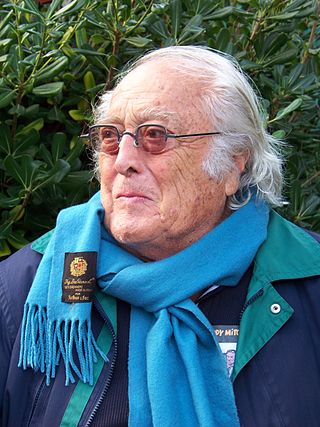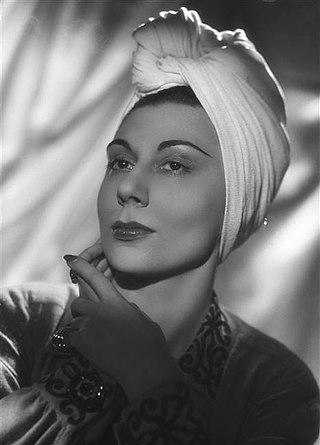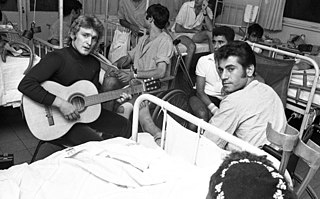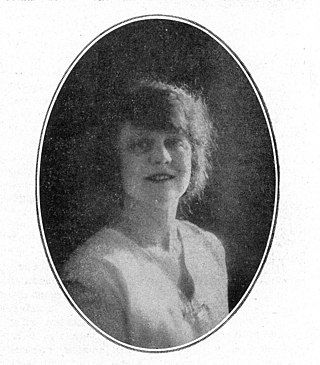The Prix des Deux Magots is a major French literary prize. It is presented to new works, and is generally awarded to works that are more off-beat and less conventional than those that receive the more mainstream Prix Goncourt.
The Prize for Best Album, also known as the Fauve d'Or, is awarded to comics authors at the Angoulême International Comics Festival. As is the customary practice in Wikipedia for listing awards such as Oscar results, the winner of the award for that year is listed first, the others listed below are the nominees.

Marcel Gottlieb, known professionally as Gotlib, was a French comics artist/writer and publisher. Through his own work and the magazines he co-founded, L'Écho des savanes and Fluide Glacial, he was a key figure in the switch in French-language comics from their children's entertainment roots to an adult tone and readership. His series include Rubrique-à-Brac, Gai-Luron, and Superdupont.

Gilles Marchal, born Gilles Pastre, was a French songwriter and singer who reached the height of his career during the 1970s.

Pif Gadget was a French comics magazine for children that ran from 1969 to 1993 and 2004 to 2009. Its readership peaked in the early 1970s.
André Roussin,, was a French playwright. Born in Marseille, he was elected to the Académie française on 12 April 1973.

Alexis was the pseudonym of Dominique Vallet, a French comics artist, best known for his work on the series Al Crane and Superdupont.

Georges Lautner was a French film director and screenwriter, known primarily for his comedies created in collaboration with screenwriter Michel Audiard.

Pierre Braunberger was a French producer, executive producer, and actor.

Jean Tabary was a French comics artist.

Catherine Ferry is a French singer. In 1976, at the Eurovision Song Contest, Catherine Ferry represented France with the song "Un, deux, trois". She ranked second in the contest. Among the backing vocalists was Daniel Balavoine, who wrote the B side "Petit Jean". She worked and was produced mainly by Daniel Balavoine a famous French singer who wrote nearly 30 songs for her.

Alice Sapritch was a French film actress. She appeared in 66 films between 1950 and 1989.

Tournée Européenne 2013 was the tenth concert tour by Canadian singer Celine Dion. The tour was organized to support the highly successful fourteenth French-language and twenty-fourth studio album Sans attendre (2012), which has sold more than 1.5 million copies worldwide. It also served as initial promotion for Dion's then recently-released English album Loved Me Back to Life (2013), since she incorporated a few songs from this album to the concert's setlist. It was Dion's first dedicated Francophone tour since the D'eux Tour in 1995–1996. With only ten concerts performed, it was also the shortest tour of Dion's career. Overall, the tour grossed an estimated $20 million from nine shows in Europe. The tour would also mark as the final concert tour for the majority of Dion's longtime touring band members consisting of musical director Claude "Mego" Lemay, guitarist André Coutu, keyboardist Yves Frulla, bassist Marc Langais, and violinist Jean-Seb Carré.

Daniel Bevilacqua, better known by the stage name Christophe, was a French singer and songwriter. He was born in the Paris suburb of Juvisy-sur-Orge, to an Italian father.
Jean-Vincent Verdonnet was a French poet, close to the École de Rochefort.
René Moreu was a French painter and illustrator.

Germaine Acremant was a French novelist and playwright. Her best-known work is her first novel Ces dames aux chapeaux verts, a satire of provincial life published in 1921. The Académie Française awarded her the Montyon Prize in 1940 and the Prix Alice-Louis Barthou in 1943.

Fabien Toulmé is a French comic book author.














